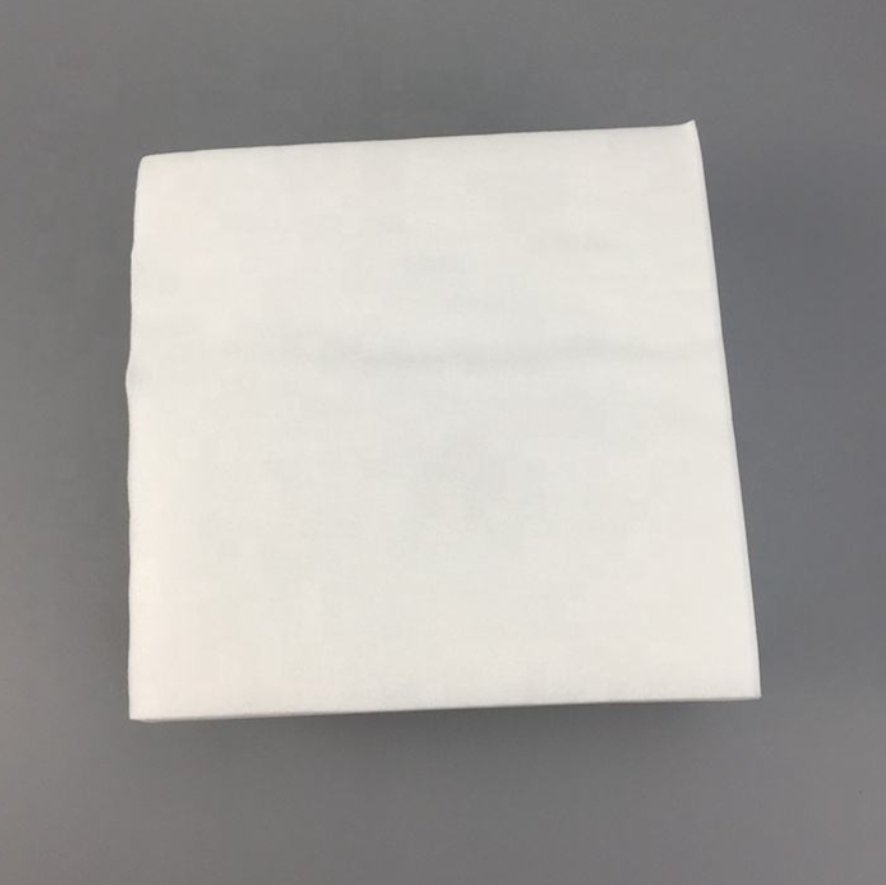
Jiangsu Province,China
24/7 Customer Service
WhatsAPP/Wechat
Reveals pressure with red color intensity—darker means higher force
Offers a wide range from 0.006 to 300 MPa across multiple film types
Ultra-thin and flexible—conforms to curved or tight surfaces
Clean peel-off, residue-free—no cleanup required
Pressure Sensitive Film (also called pressure indicating or Prescale film) reacts to applied pressure by bursting microcapsules that cause a red color to develop. This gives immediate, high-resolution snapshots of force distribution between surfaces. It’s favored in industries like mold design, SMT assembly, gasket inspection, and display lamination, where precision contact pressure is critical.
Unlike wired or digital sensors, this film needs no calibration or power—just cut, apply, press, and visually inspect the result.
| Property | Details |
|---|---|
| Pressure Ranges | From LW (2.5–10 MPa) to HHS (18,500–43,500 psi) |
| Film Thickness | Approx. 0.1 mm (100 µm) for both 2-sheet & single-sheet types |
| Formats Available | Rolls (e.g. 270 mm × 5 m) or cut-to-size sheets |
| Peak Pressure Only | Captures static contact pressure at maximal load |
| High-Temp Versions | Available up to 200 °C |
| Environment | Micro-thin and clean—no residue or glue left behind |
Immediate visual results—no instruments, no delay
Broad pressure detection from ultra-low to ultra-high
Adapts to contours—excellent for curved or tight contact zones
High-temp capable—works in heat-press environments (e.g., SMT reflow)
Clean and disposable—ideal for controlled environments
Mold alignment & validation during tooling setups
Semiconductor packaging—ensure even die bonding
Display lamination for LCD/OLED panels
SMT press or roller checks in assembly lines
Gasket and sealing inspections in precision instruments
Cut the film to size and align the coated sides together
Place between the contacting surfaces
Apply the required pressure
Peel off the film to reveal the red map
Scan or photograph for records or analysis
Dispose—no cleaning or residue left behind
Did We Answer Your Question?
Suzhou Myesde Ultra Clean Technology Co.,LTD
Building 5, Wenyuan Industrial Park, Dongwu South Road, Wuzhong District,
Suzhou, China
Tel / WhatsApp / Wechat: +86-137-7631-4975
E-mail: info@cldzcl.com
Copyright © 2025. Suzhou Myesde Ultra Clean Technology Co.,LTD
We’re ready to provide fast, knowledgeable support.